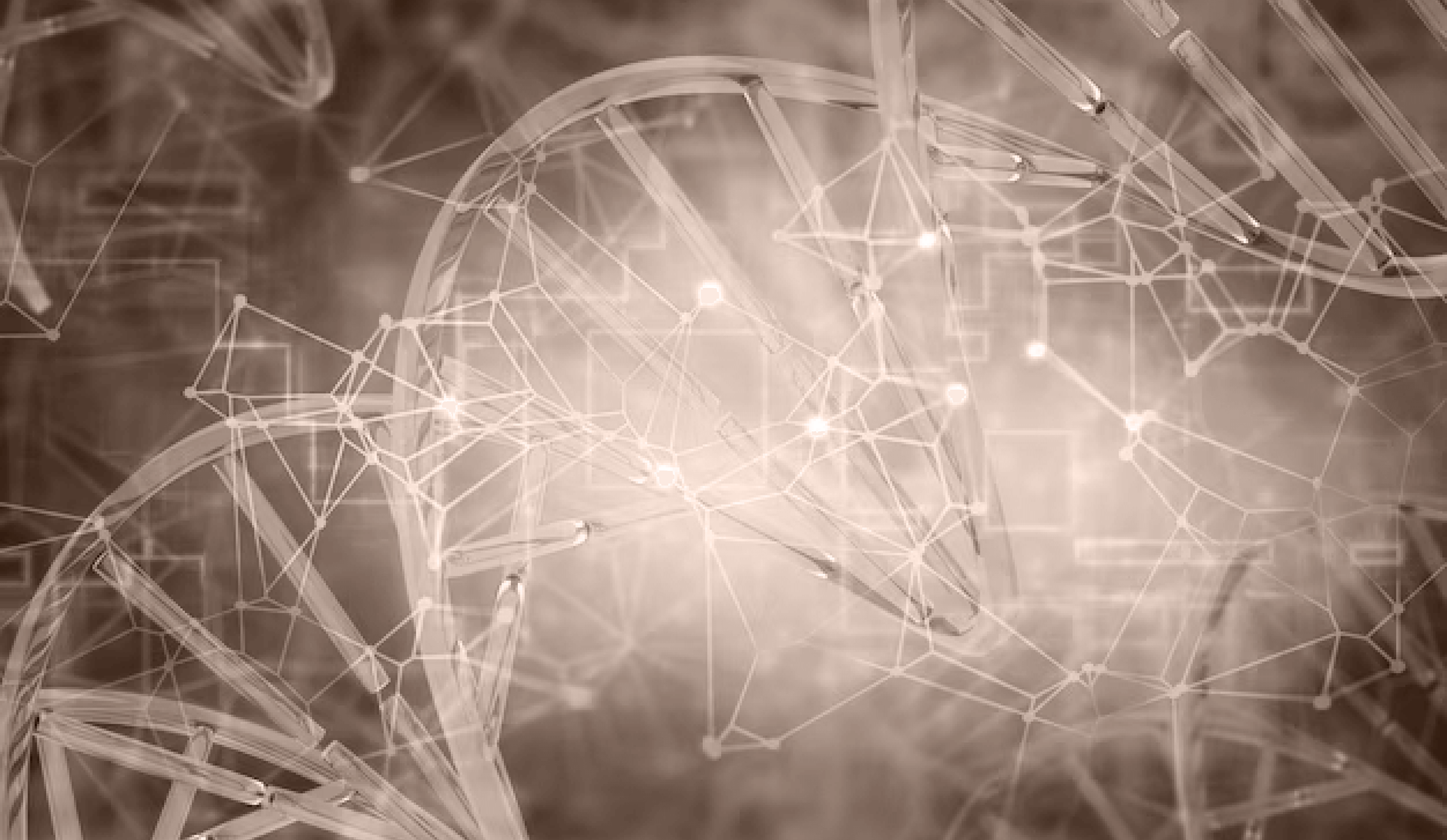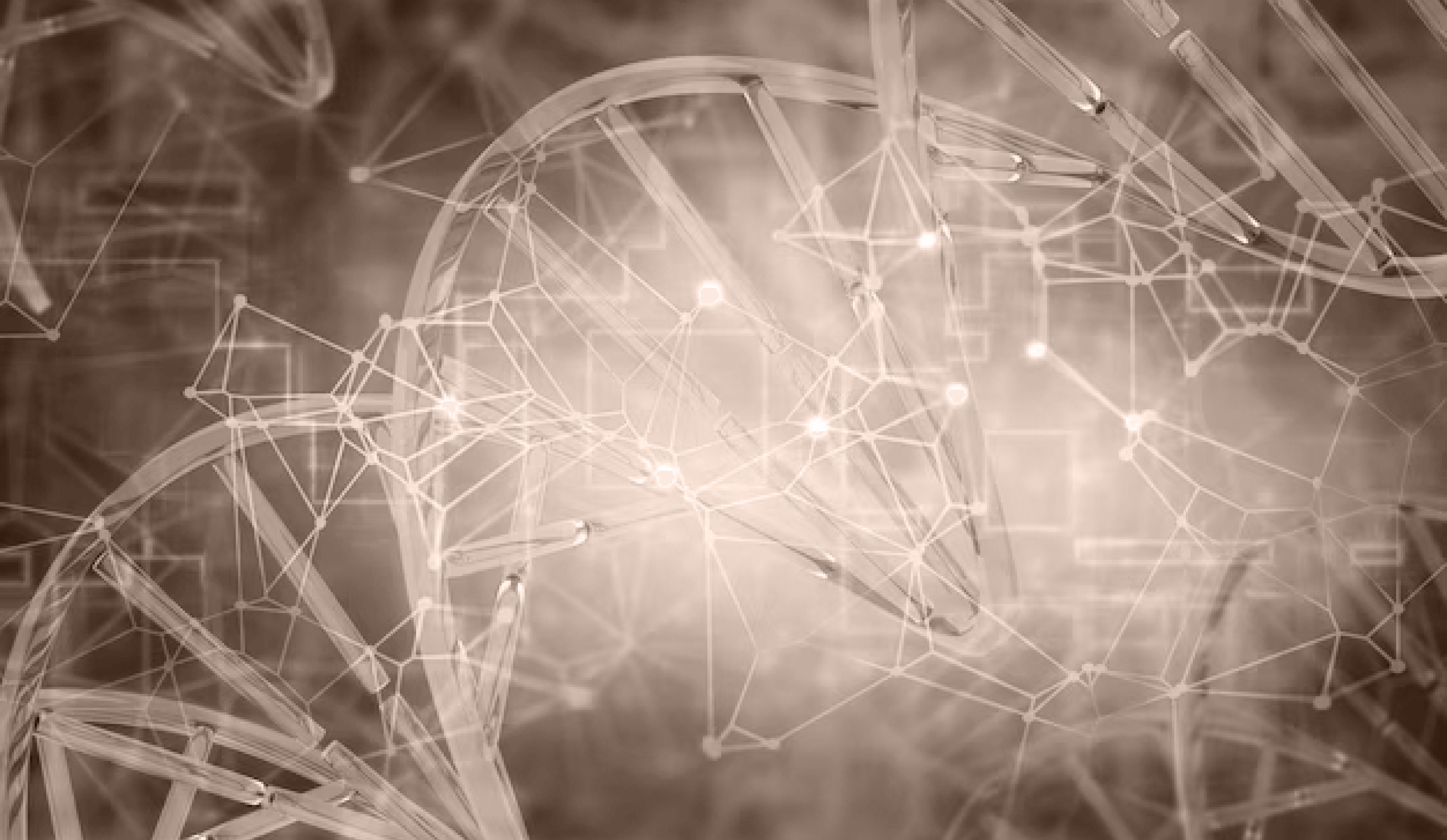Spice Route Legal

Software as a Medical Device: Processing Medical Data
WHAT IS A MEDICAL DEVICE?
The import, manufacture, sale, and distribution of medical devices in India is regulated under the Drugs and Cosmetics Act, 1940 (“Act”), the Medical Devices Rules, 2017 (“Rules”), and the notifications issued under the Act.
Under a notification issued by the Department of Health and Family Welfare, software that is intended by its manufacturer to be used specially for human beings or animals which does not achieve the primary intended action in or on human body or animals by any pharmacological, immunological, or metabolic means, but which may assist in its intended function by such means for one or more of the specific purposes of (i) diagnosis, prevention, monitoring, treatment or alleviation of any disease or disorder; (ii) diagnosis, monitoring, treatment, alleviation or assistance for, any injury or disability; (iii) investigation, replacement or modification or support of the anatomy or of a physiological process; (iv) supporting or sustaining life; (v) disinfection of medical devices; or (vi) control of conception, would be classified as a medical device, and would therefore be regulated under the Act and Rules.
Based on its intended usage, the regulator has issued a list of medical devices that pertain to software along with their risk classification. The list includes software that is intended to process medical and health data, such as medical images obtained through radiography or MRI scans, data obtained from ECG recorders, and automated image processing.
That said, the regulator has not issued any specific and clear guidance on whether software that processes medical or health information (including through automated processing) is a medical device for the purposes of the Act.
GLOBAL TRENDS
The regulatory framework under the Act is inspired by and has adopted the principles established by international forums such as the World Health Organisation and the International Medical Device Regulators Forum.
For instance, guidance by the UK’s Medical and Healthcare Products Regulatory Agency clarifies that while data, databases, or analytical services are not generally regulated, if data is being analysed or processed for a medical purpose, such as for analysing imaging or genomic data to determine treatment, the underlying software may constitute a medical device. Software that stores or transmits medical data without change (and accordingly, does not serve any medical purpose), and does not work in combination with one or more devices, is also not a medical device.
In the same vein, guidance issued by the European Commission’s Medical Device Coordination Group considers decision support software combining algorithms and patient-specific data intended to provide users with recommendations for diagnosis, prognosis, monitoring, and treatment of individual patients as medical devices. However, information systems intended only to transfer, store, convert, format, archive data are not qualified as medical devices in themselves.
The U.S. Food and Drug Administration has issued guidance stating that software functions that are solely intended to transfer, store, convert formats, and display medical device data or medical imaging data are not devices, unless the software function is intended to interpret or analyse clinical laboratory test or other device data, results, and findings. Generally, however, software functions that analyse or interpret medical device data in addition to transferring, storing, converting formats, or displaying clinical laboratory test or other device data and results are still subject to regulatory oversight as a medical device.
Accordingly, regulators seem to have differentiated between software that merely store or transmit medical data, and software that go a step ahead and interpret or analyse such data.
CONCLUSION
In regulating medical devices, Indian regulators have generally conformed to global standards. In the absence of guidance to the contrary, it would be reasonable to assume that software that perform ’passive’ processing functions such as storing, displaying, or transmitting medical data and images are not medical devices for the purposes of the Act, as opposed to processing functions such as analysing or interpreting such data, which contribute towards diagnosis, treatment, or serve any other medical purpose.
Given the rapidly evolving medical device ecosystem within India, Indian regulators must issue guidance to identify the subset of software that it intends to regulate as medical devices under the legal framework established by the Act. Such guidance is essential to ensure clarity and predictability in the regulation of medical devices within India.
Please reach out to Mathew Chacko and Aadya Misra for queries.







